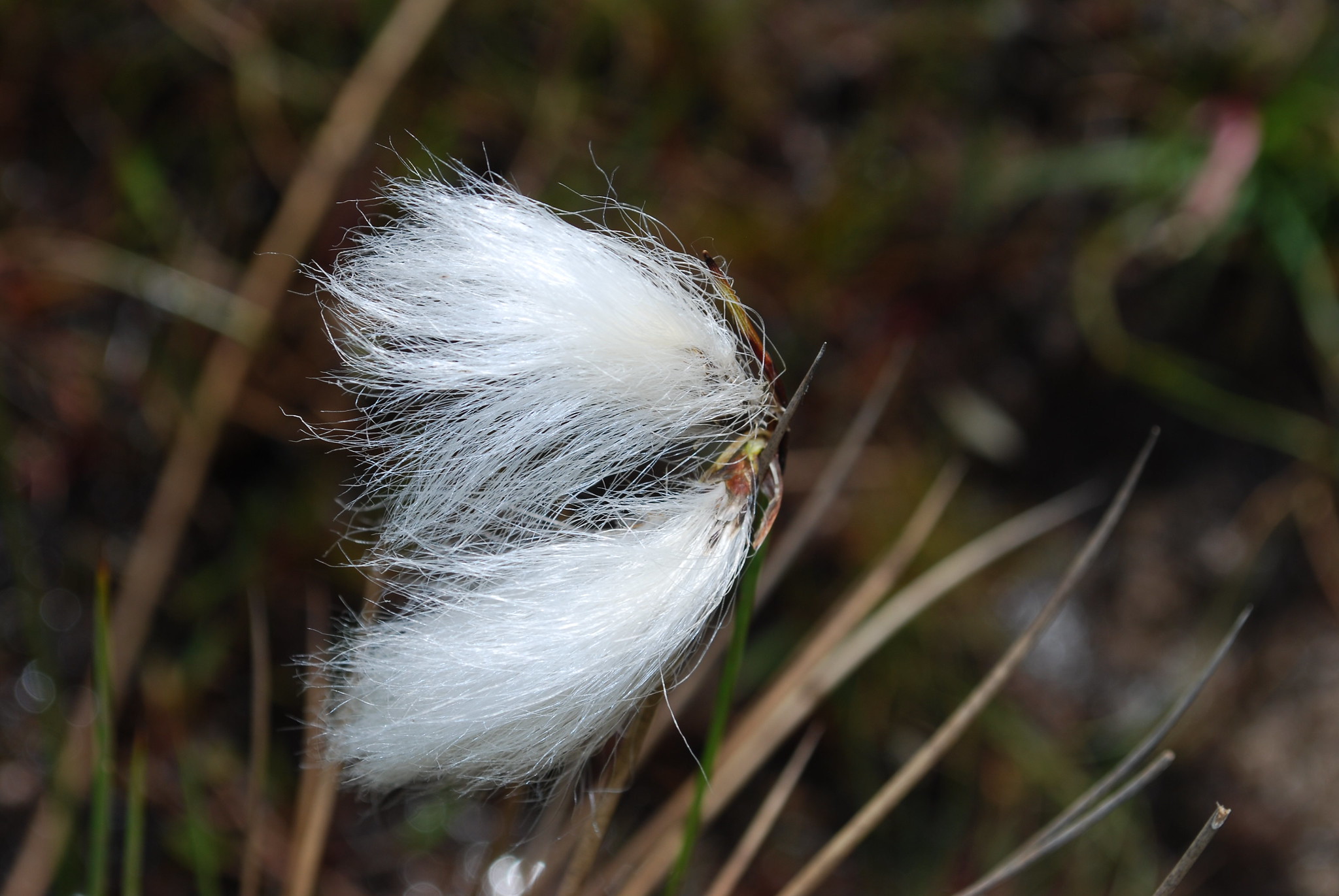Walk for ten minutes from where I write and you’ll arrive at the southern edge of Clyne Common. Houses alongside the track, most of them built within the last ten years, suddenly give way to an expanse of wild, unenclosed land. It stretches ahead of you to the west, and further to the north, gradually rising into the distance, past the South Gower road, towards Clyne golf course.
Apart from the golf club and a few small incursions, the boundaries and extent (now 286 hectares) of Clyne Common have changed little since the first comprehensive survey of Gower commons, done by the surveyor Rees Jones for the Duke of Beaufort in 1826. There has been no ‘tragedy of the commons‘, to use the economists’ phrase. Commons like Clyne, Cefn Bryn and Hardings Down, more than any other kind of landscape in the area, preserve the way Gower has been for centuries. That maybe accounts for the sense of release you can feel, emerging from the wooded track into the open sky and the grey-green common. It’s not just a change of scenery, it’s a shift in time, or even a shift out of time.
David Bell’s oil painting Clyne Common, in the collection of the Glynn Vivian Art Gallery, conveys well the openness of the common, and its lack of features. Today Bell is best remembered as a curator (of the Glynn Viv from 1951 to 1959) and the author of an early history of art in Wales, The artist in Wales (1957). But he was also an accomplished artist. He painted Clyne Common in 1957, two years before he died, though you’d be hard pressed to guess the decade if you were unaware of the date. The open land rolls upward, unstopped except for a couple of houses, towards the rushing sky. There are no trees – birch and alder thrive only on the edges of the common – just grasses, rushes, heather and gorse.
The heathland is wet and acidic, and of limited agricultural value. Today it supports only a few Gower ponies. Through their feeding and trampling the ponies help to prevent the common becoming too overgrown, and encourage fresh growth and species diversity. Its freedom from more intensive intervention makes the common a safe home for many species of plants and insects, and birds such as skylarks, whitethroats and linnets. Some species on Clyne are rare, like the marsh fritillary butterfly, the double-line moth and the hare’s-tail cottongrass.
Most of the Gower commons are not publicly owned – Clyne is still owned in part by the Duke of Beaufort through the Somerset Trust – but commoners, holding adjacent land, have the right to graze animals, and there is a tradition, now enshrined in law, of free access for the public. I suspect Clyne Common was more human visitors today than it used to, as ever more houses have encroached on its eastern border. Covid restrictions have also encouraged people to explore the area. But they treat the land with respect, keeping mainly to the few obvious public paths and bridleways. Even in dry weather you need to wear boots to cross the common, and in winter, when marsh and bog proliferate, gaiters are also useful.
Jonathan Mullard, the leading authority on the natural history of Gower, says that ‘nearly 7,000 hectares of common land has survived in Gower, probably a greater proportion than in any other similar area of lowland Britain’. Gower is also lucky in that it is an Area of Outstanding Natural Beauty, and in having so many ‘protectors’, such as the Gower Society, the Gower Commoners Association and the Open Spaces Society.
Commons, then, are stubborn historical survivals, that have held out over centuries against the ambitions of powerful interests. They have withstood the enclosure movement, and more recently the attentions of developers: only last year objections led to the withdrawal of a proposal to build new houses on part of the east side of Clyne Common. They need to be cherished, as oases of land, untouched for centuries, that protect diverse species and help, in a small way, to guard against global warming.
But why should commons be of purely historical interest? Why shouldn’t it be possible not just to retain existing commons, but to create new commons, at a time when most people recognise the critical importance of action to stabilise the climate and prevent more loss of species? Now that the Common Agricultural Policy no longer applies, rural land use is a live issue, for the first time in decades. It’s widely recognised that subsidising intensive farming is harmful, and that more sensitive ways of treating land must be found, and funded. Wouldn’t a modern version of commons – with restrictions on over-farming, a commitment to biodiversity, and a guarantee of public access – be a good method of arriving at a more sustainable use of land?
And why should new commons be restricted to the countryside? Urban commons are needed just as much. We’ve forgotten that what remains of our city and town parks were the result of a determined movement in Victorian times to build public open spaces into what would otherwise have been a depressing ocean of housing, shops and factories. Swansea’s parks are mainly in its suburbs. The city centre badly needs large green spaces. Maybe all the redundant malls and shopping streets, emptied by online retailing and Covid economics, could be demolished and greened over as a new commons, a welcome haven for all kinds of species, including humans?






Leave a Reply